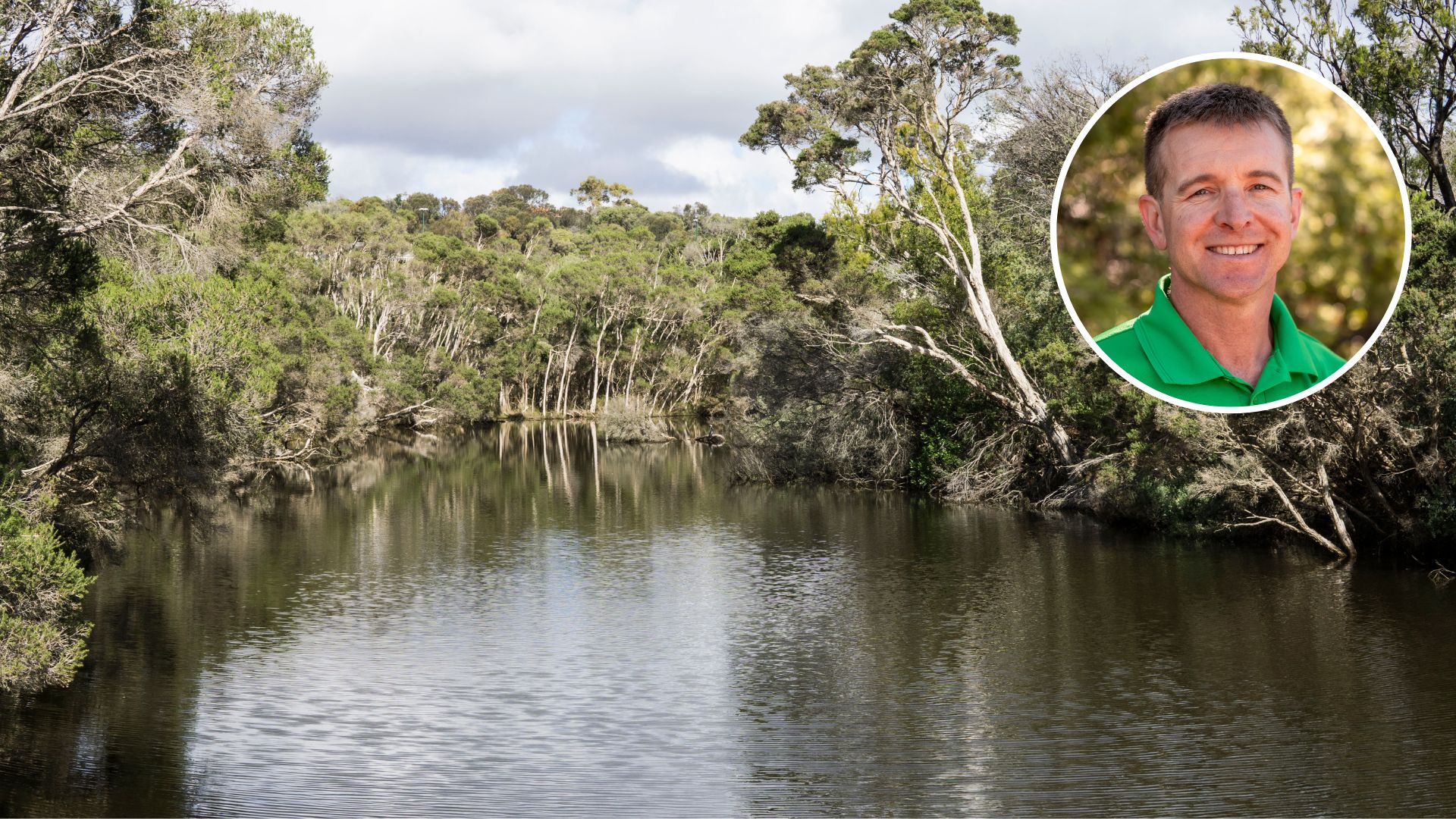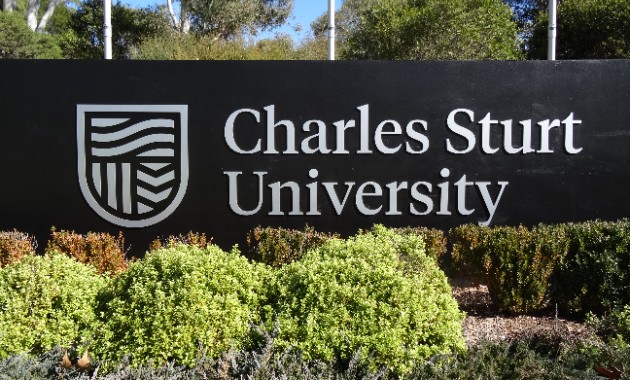- Charles Sturt academic contributes to report by The Wentworth Group of Concerned Scientists, titled ‘Blueprint to Repair Australia’s Landscapes’
- The report puts the costs of fixing the country’s landscapes at $7.3 billion a year
- The official launch of the report was held in Canberra on Wednesday 24 July
Charles Sturt University has contributed to a new report from the Wentworth Group of Concerned Scientists, ‘Blueprint to Repair Australia’s Landscapes’, that outlines a detailed and costed roadmap on how to reverse our landscape decline.
Executive Director of the Gulbali Institute for Agriculture, Water and Environment and Professor of Fisheries and River Management Lee Baumgartner contributed to the report, which has relied on the support and dedication of dozens of experts within academia, government, research and policy organisations, indigenous groups, not for profit groups and private industry.
The Blueprint finds that repairing Australia’s landscapes is not only achievable and affordable but is in the national interest.
It is the most comprehensive assessment of its kind and the first time a fully-costed investment prospectus to show what is necessary to repair the Australian landscape has been laid out.
The aim of the Blueprint is to catalyse and guide transformative efforts to repair degraded landscapes over the next 30 years.
The University was approached to contribute to the Blueprint due to its expertise in improving river health.
“Charles Sturt University has experience in environmental flows, fishway construction, river health, habitat restoration, extreme events and fish screening,” Professor Baumgartner said.
“We worked primarily on the Inland Water section.
“We contributed expertise towards the development of costings (and priority locations) for fishway construction. Also, fish screen construction and the development of conservation hatchery costs to reintroduce threatened species.”
Professor Baumgartner said Charles Sturt having a voice in important national conversations offered the University the chance to contribute to solutions on how we can leave the country in better condition for future generations.
He said it put the University in the position to help contribute to a national discussion about fixing current environmental problems.
The blueprint provides an itemised list of where urgently needed funds, if made available, could be directed to repair the landscape.
“It is the first attempt at collating the current problems across our land and water systems,” he said.
“We can now put a dollar value on the level of investment required to ‘fix’ Australia’s big problems.
“It is now up to government, academia, industry and communities to identify how we implement this plan.
“We now have a Blueprint on what needs to be done.”
The Blueprint finds the key to successful landscape repair is a regional approach to planning and delivery. It also recommends increased First Nations land and water ownership and expanded programs to employ First Nations people to repair and manage Country.
A range of public and private financing mechanisms will be needed to fund the repair, which is estimated to cost about $7.3 billion (in 2022) each year, just .3 per cent of Australia’s GDP.
Professor Baumgartner said fixing the waterways, making agricultural land more productive, improving natural environments, restoring ecosystems, having more productive urban zones and recovering threatened species is important.
“The world is entering an era of looking for nature positive solutions, making the Blueprint both timely and relevant,” he said.






Social
Explore the world of social